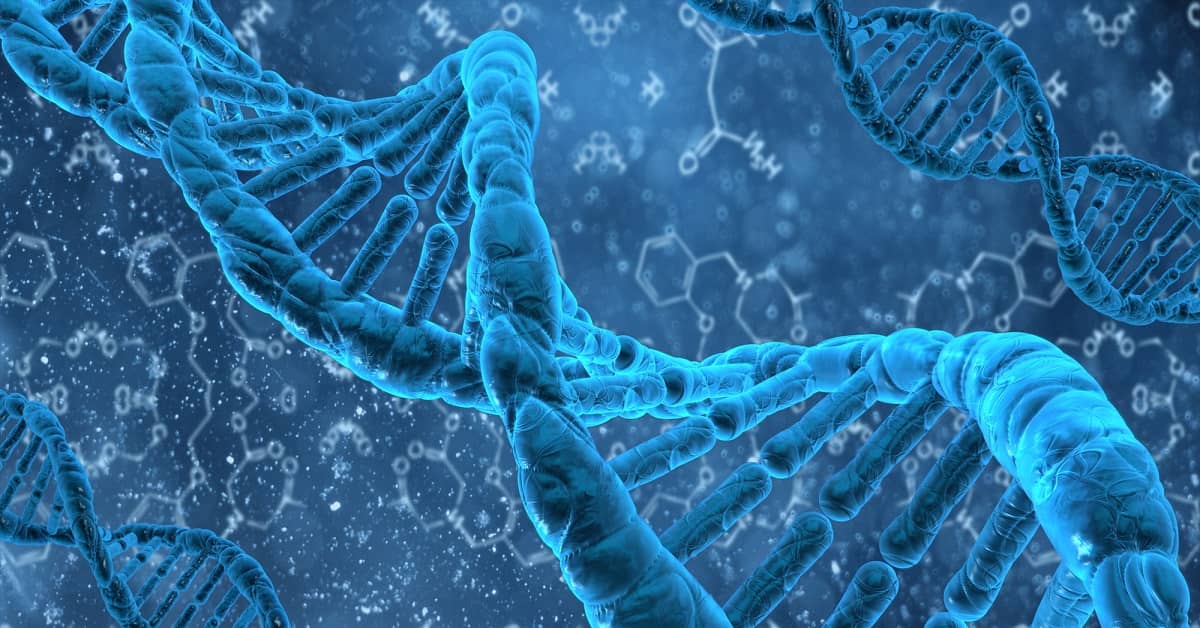
If you’re doubting the validity of such claims, I don't blame you. It sounds too good to be true, but the research is the real deal.
Scientists discovered a "master circuit" that controls how yeast cells age. When they made some modifications in the circuit, the cells doubled their lifespan and remained healthy throughout.
If the same process takes place in human cells, it could mean a much longer and healthier life for all of us.
How long we live is determined by how our individual cells age. This in turn depends on both internal biochemical changes and environmental influences.
To see whether this cellular aging process happens at the same rate and from the same causes, molecular biologists and bioengineers from the University of California San Diego (USDC), carried out a series of experiments on the yeast, Saccharomyces cerevisiae, which has been used as a model for biological aging for decades.
They found that even though the cells had exactly the same genes and lived in the same environment, they could still age in strikingly different ways.
Two Routes to Aging
Exploring this more deeply, scientists found the cells aged in one of two ways.About half aged through a gradual decline in an area within the nuclear DNA, where key proteins are synthesized. The other half aged due to dysfunction in the mitochondria, where energy is manufactured.
Cells embark on either of these "aging routes" early in their life cycle and continue to follow it until their life ends. The USDC team found these aging processes were guided by a master circuit within a cellular command center.
Lead researcher Nan Hao explains, "To understand how cells make these decisions, we identified the molecular processes underlying each aging route and the connections among them, revealing a molecular circuit that controls cell aging, analogous to electric circuits that control home appliances."
Having made this discovery, the research team wondered whether they could manipulate this process to extend the life of the yeast cells.
Young or Old, Cells Remained Normal Throughout Life
Using a series of computer simulations, researchers reprogramed the master molecular circuit by tweaking its DNA. This allowed them to genetically engineer a novel aging route that doubled the lifespan of the yeast."In this new aging model," explained Dr. Hao, "amazingly, throughout the entire lifespan, the cell cycle remains normal, meaning it's the same as for a young cell. The cells were very, very healthy throughout their lifespan.
"Our study raises the possibility of rationally designing gene or chemical-based therapies to reprogram how human cells age, with a goal of effectively delaying human aging and extending human healthspan.”
The next stage of the research is to test their new aging model on cells and organisms more complex than yeast, and then to progress to human cells, to see if the same molecular circuit applies to them also. Dr. Hao calls this part of the testing the “easy part.”
What would happen after that is far more difficult. If the next phase of cellular testing proves positive, then researchers will undertake testing the DNA modifications on animals and eventually humans to make sure the interventions are safe and are not causing other diseases. That process will likely take many years.
